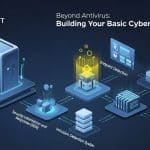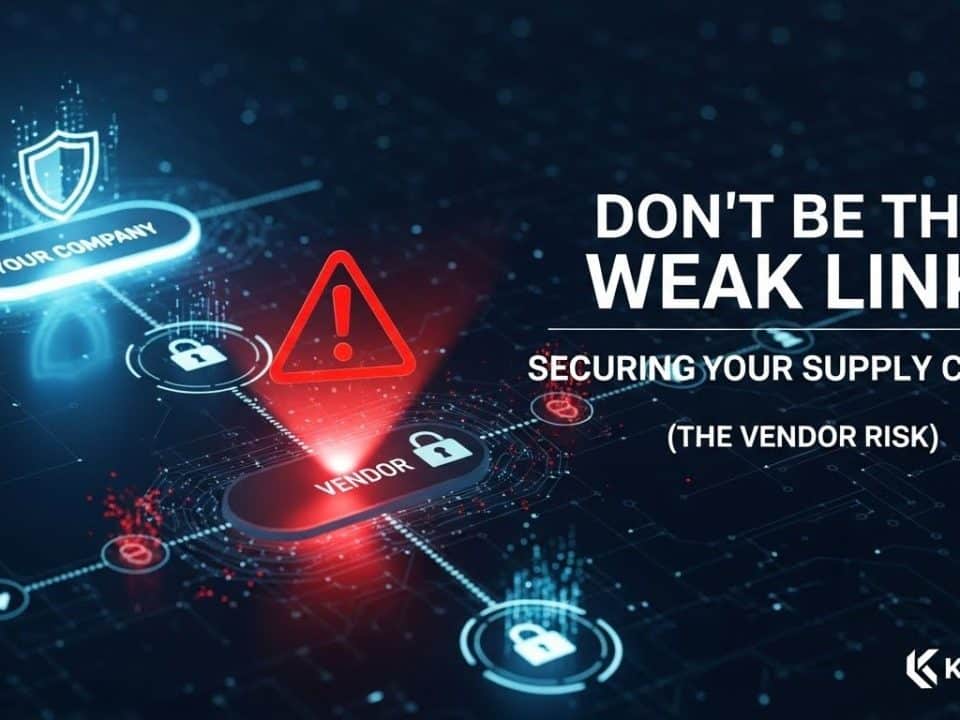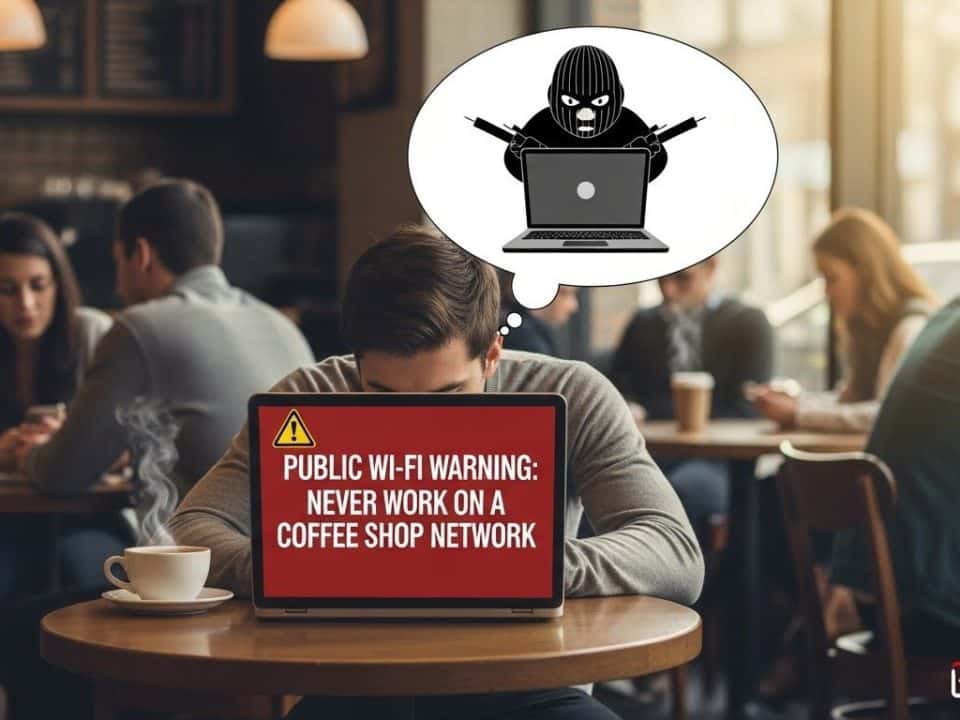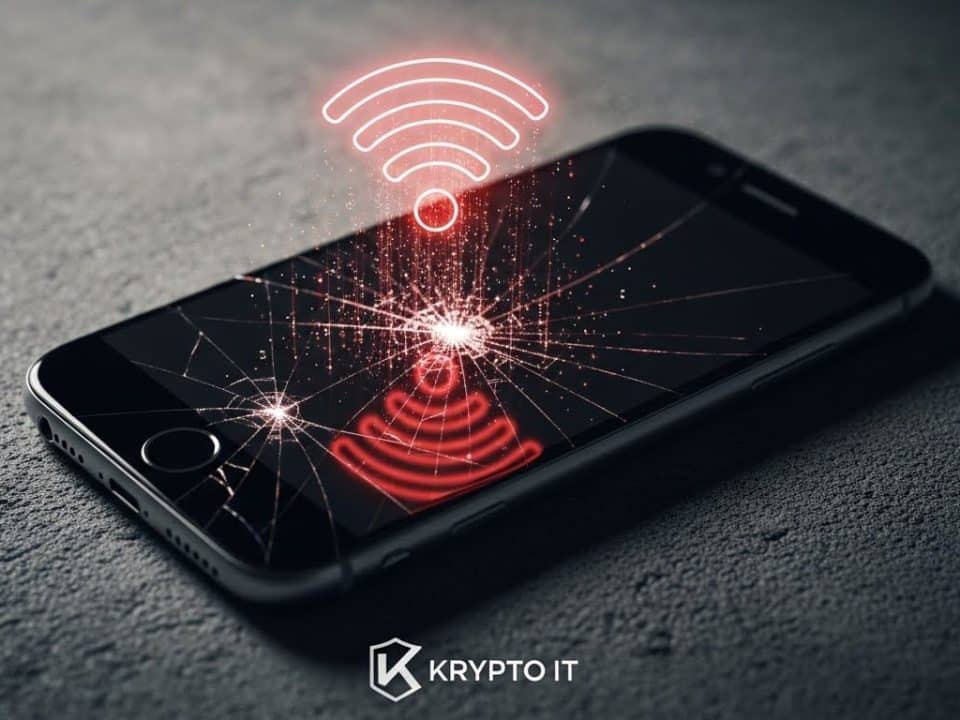
Beyond Antivirus: Building Your Basic Cyber Stack
July 20, 2025
Weak Password, Devastating Consequences
July 23, 2025Why IT Leaders Must Rethink Backup in the Age of Ransomware
For decades, data backup has been the foundational pillar of disaster recovery. The mantra was simple: back up your data, and you can recover from anything – hardware failure, accidental deletion, or even a basic virus. However, in the unforgiving landscape of modern cyber threats, particularly the relentless surge of ransomware, that traditional view of backup is dangerously outdated. Merely having backups is no longer enough to guarantee recovery or protect your business.
For IT leaders and Small and Medium-sized Businesses (SMBs) in Houston, the paradigm must shift from simple “backup” to comprehensive cyber resilience. This means rethinking your entire data protection strategy, acknowledging that today’s adversaries actively target and compromise backups, transforming recovery from a simple restoration task into a complex, multi-layered battle.
The Evolution of Ransomware: Targeting Your Lifeline
The reason traditional backup strategies fall short is because ransomware itself has evolved into a far more sinister and persistent threat:
- Double Extortion: Attackers don’t just encrypt your data; they exfiltrate (steal) a copy first. Even if you restore from backup, the threat of your sensitive data being leaked publicly, sold on the dark web, or used for further extortion remains.
- Backup Targeting: Modern ransomware is designed to seek out and encrypt or delete your backups, both on-site and cloud-based. If your backups are connected to your network, they are just as vulnerable as your production data.
- Longer Dwell Times: Attackers often lurk undetected in networks for weeks or months before deploying ransomware. This “dwell time” allows them to map your network, identify critical data, and, crucially, discover and compromise your backup systems. By the time ransomware hits, your recent backups might already contain the malicious code or be encrypted themselves.
- Triple Extortion and Beyond: Some groups add layers of pressure like DDoS attacks or direct contact with customers/partners to compel payment, making simply restoring from backup insufficient to stop the pain.
In essence, traditional backups focused on recovering from accidents. Cyber resilience focuses on recovering from malicious, intelligent adversaries who are actively trying to undermine your recovery capabilities.
Beyond Backup: The Pillars of Cyber Resilience
Cyber resilience isn’t a single product; it’s a strategic approach encompassing technology, processes, and people, designed to ensure your business can withstand, recover from, and adapt to cyberattacks with minimal disruption.
Here are the key shifts IT leaders must make:
- Embrace Immutability and Air Gaps:
- What it is: Immutability means your backup data cannot be altered or deleted once written. Air gapping means physically or logically isolating your backup copies from your main network.
- Why it’s crucial: This is the ultimate defense against ransomware targeting backups. Even if your production network is compromised, your immutable or air-gapped backups remain pristine and untouched, providing a clean source for recovery.
- Action for SMBs: Look for backup solutions that offer immutable storage (e.g., S3 Object Lock, specific cloud backup tiers) or regularly create offline backups that are physically disconnected from your network.
- Robust, Multi-Location Backup Strategy (3-2-1-1-0 Rule):
- The Evolved Rule: Go beyond the traditional 3-2-1 rule. The enhanced 3-2-1-1-0 rule means:
- 3 copies of your data.
- On 2 different media types.
- With 1 copy off-site.
- Plus, 1 copy that is immutable/air-gapped.
- And 0 errors after recovery verification.
- Why it’s crucial: Diversifying your backup locations and types provides redundancy and ensures that even if one copy is compromised, others remain viable.
- Continuous Verification and Testing of Backups:
- What it is: Don’t just back up; regularly test your backups to ensure they are complete, uncorrupted, and can be successfully restored. This includes testing restoration processes for critical systems.
- Why it’s crucial: An untested backup is a useless backup. You need confidence that in a crisis, your recovery will work. Ransomware often corrupts backups silently before encrypting.
- Action for SMBs: Schedule regular (e.g., quarterly) “fire drills” for data restoration, involving key personnel.
- Network Segmentation for Backup Infrastructure:
- What it is: Isolate your backup servers and storage from your main production network.
- Why it’s crucial: This limits an attacker’s ability to discover and compromise your backup systems after gaining initial access to your production environment. If a ransomware variant can’t reach your backups, it can’t encrypt them.
- Strong Authentication and Access Control for Backup Systems:
- What it is: Implement strong, unique passwords and Multi-Factor Authentication (MFA) for all backup accounts and access to backup infrastructure.
- Why it’s crucial: Compromised backup credentials are a direct path to total data loss. MFA is paramount here.
- Integrated Endpoint Detection and Response (EDR) & Threat Hunting:
- What it is: EDR solutions monitor endpoint activity for suspicious behavior and can detect ransomware early, often before significant encryption or data exfiltration occurs. Human-led threat hunting can proactively search for attackers lurking in your network.
- Why it’s crucial: The best recovery is preventing the attack in the first place. EDR/MDR can alert you to the initial stages of a ransomware attack, giving you a chance to stop it before it impacts your backups.
- Comprehensive Incident Response and Recovery Plan:
- What it is: A well-documented, regularly tested plan that outlines every step of an attack response – from initial detection and containment to eradication, recovery, and post-mortem analysis. This plan must specifically address ransomware and data exfiltration scenarios.
- Why it’s crucial: Chaos reigns without a plan. A clear roadmap minimizes downtime and ensures an orderly recovery.
- Action for SMBs: Develop and regularly update your plan. Assign clear roles and responsibilities.
- Employee Training on Social Engineering:
- What it is: Continuous security awareness training that educates employees on how ransomware often gains initial access through phishing and social engineering.
- Why it’s crucial: Preventing initial compromise reduces the likelihood of ransomware ever reaching your backups.
Krypto IT: Building Your Cyber Resilience in Houston
For IT leaders in Houston’s SMBs, the shift from basic backup to comprehensive cyber resilience is non-negotiable in the age of ransomware. It’s about building a robust, adaptive defense that assumes breaches will happen and prepares your business to recover effectively, minimizing the damage. Krypto IT specializes in helping businesses like yours design, implement, and manage advanced data protection and cyber resilience strategies. We understand the unique challenges of SMBs and can tailor solutions that are both effective and manageable.
Don’t let your backup strategy be your Achilles’ heel.
Contact Krypto IT today to schedule a free consultation and fortify your business against the evolving threat of ransomware.




